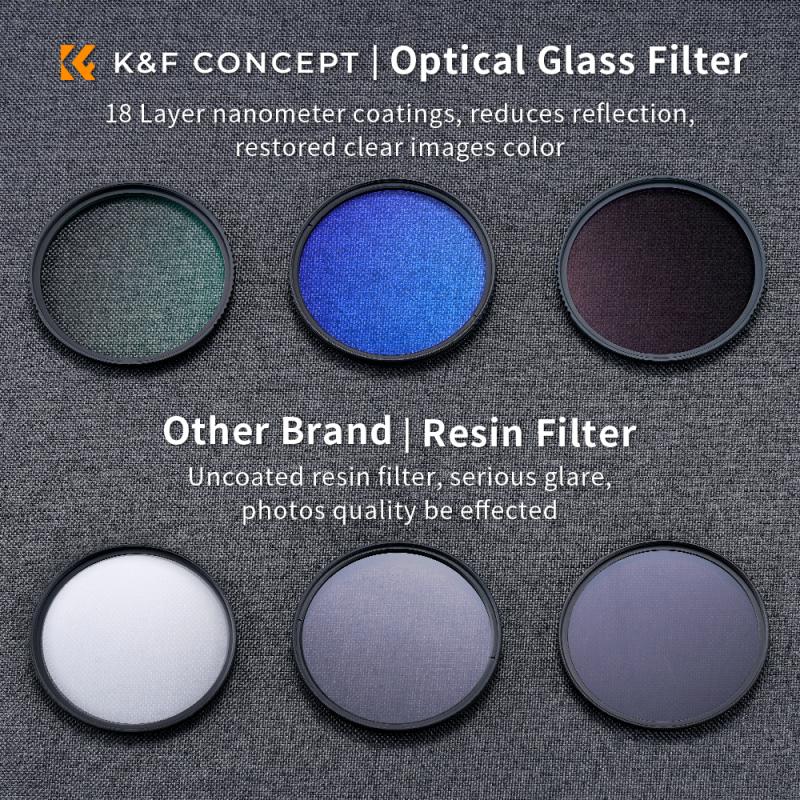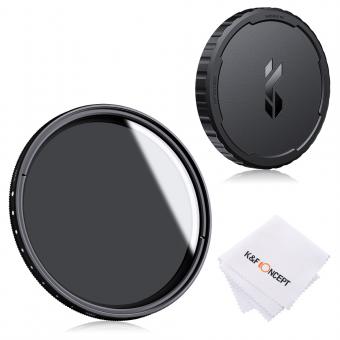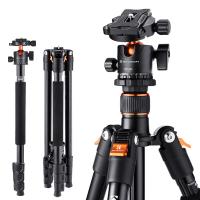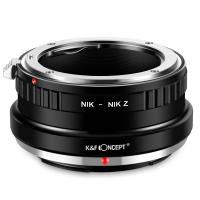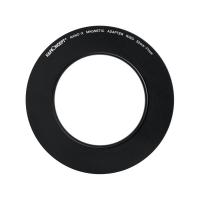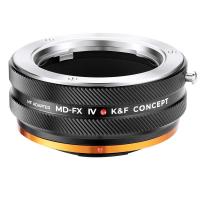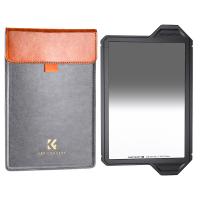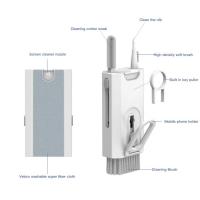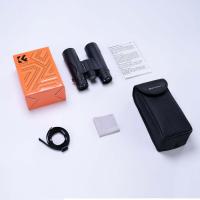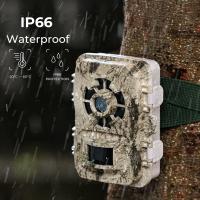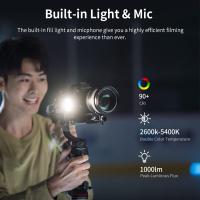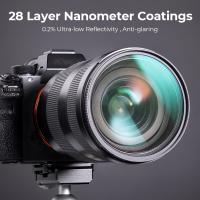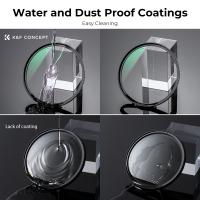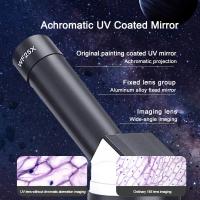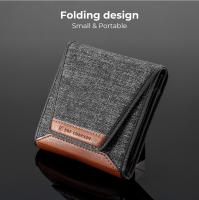What Is The Best Nd Filter ?
It is difficult to determine the "best" ND filter as it depends on the specific needs and preferences of the photographer. Some factors to consider when choosing an ND filter include the strength of the filter (measured in stops), the type of filter (screw-on or square), the size of the filter (to fit the lens diameter), and the quality of the filter (to avoid color cast or loss of sharpness). It is recommended to research and compare different brands and models, read reviews, and consider the intended use and budget before making a decision.
1、 Types of ND filters
Types of ND filters are available in the market, and each type has its own unique features and benefits. However, the best ND filter depends on the photographer's needs and preferences.
The most common types of ND filters are fixed ND filters, variable ND filters, and graduated ND filters. Fixed ND filters have a set amount of light reduction, while variable ND filters allow the photographer to adjust the amount of light reduction. Graduated ND filters are used to balance the exposure between the sky and the foreground.
In recent years, there has been a growing trend towards using neutral density filters with higher density levels. These filters are known as "super ND filters" and can reduce light by up to 16 stops. They are particularly useful for long exposure photography, allowing photographers to capture stunning images of waterfalls, seascapes, and cityscapes.
When choosing an ND filter, it is important to consider factors such as the filter's density level, the quality of the glass, and the filter's compatibility with your camera and lenses. It is also important to choose a reputable brand that produces high-quality filters.
In conclusion, the best ND filter depends on the photographer's needs and preferences. However, super ND filters with higher density levels are becoming increasingly popular among photographers who specialize in long exposure photography.
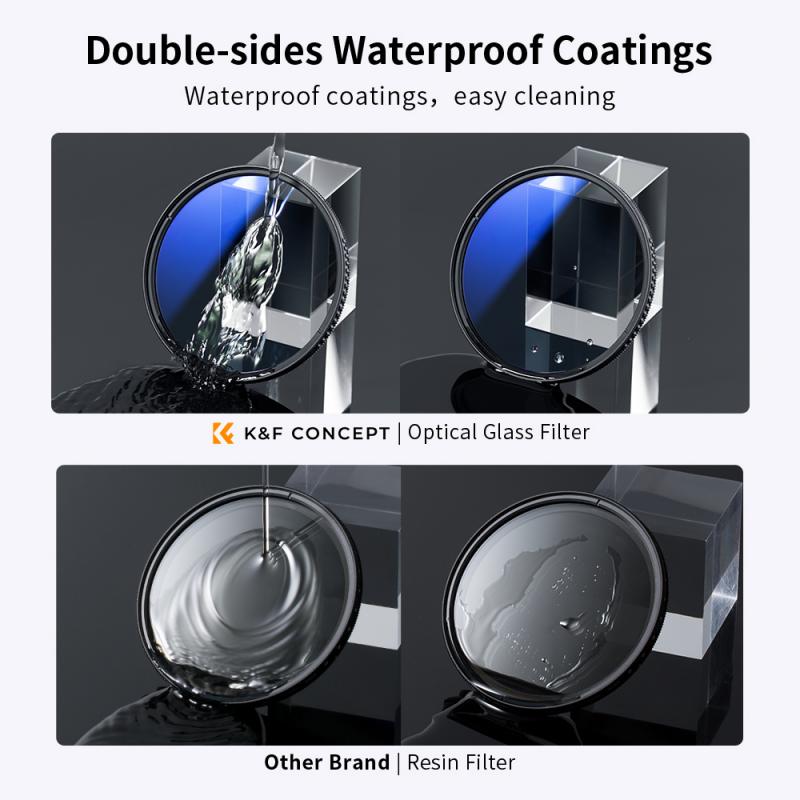
2、 ND filter strength and f-stop reduction
The best ND filter depends on the specific needs of the photographer. ND filter strength and f-stop reduction are two important factors to consider when choosing an ND filter.
ND filter strength refers to the amount of light that the filter blocks. The higher the ND filter strength, the more light is blocked. ND filters are available in a range of strengths, from ND2 (1-stop reduction) to ND1000 (10-stop reduction). The strength of the ND filter needed will depend on the lighting conditions and the desired effect.
F-stop reduction refers to the amount of light that is allowed to pass through the lens. The higher the f-stop reduction, the less light is allowed to pass through the lens. This can be useful for creating a shallow depth of field or for capturing motion blur.
The latest point of view is that variable ND filters are becoming increasingly popular. These filters allow the photographer to adjust the strength of the ND filter by rotating the filter ring. This can be useful in situations where the lighting conditions are constantly changing.
In summary, the best ND filter will depend on the specific needs of the photographer. ND filter strength and f-stop reduction are important factors to consider when choosing an ND filter. The latest trend is towards variable ND filters, which offer greater flexibility in changing lighting conditions.
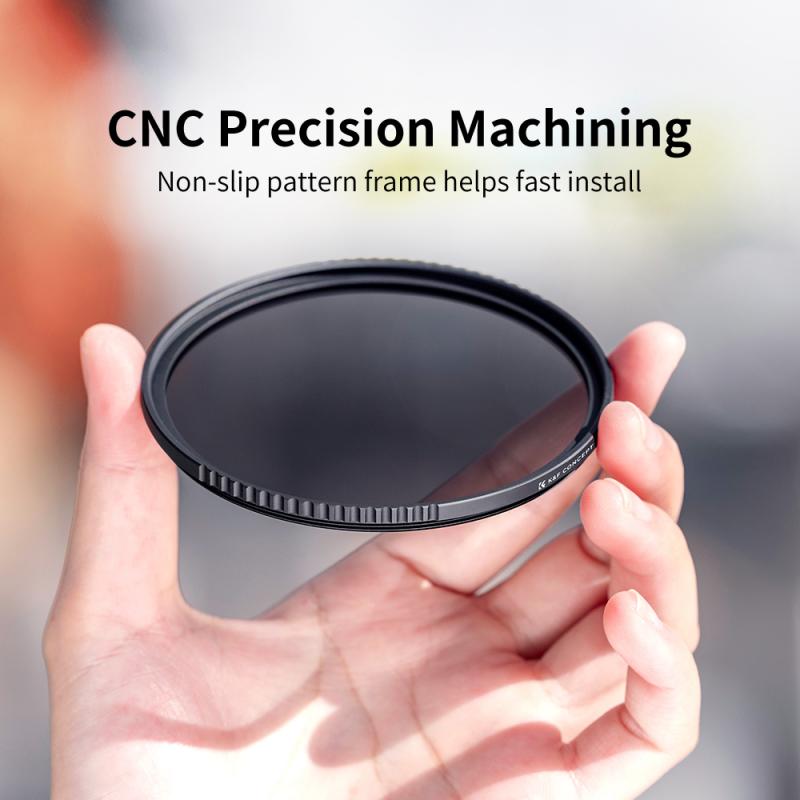
3、 Coating and color neutrality
The best ND filter is one that provides both excellent coating and color neutrality. Coating is important because it helps to reduce reflections and glare, which can cause unwanted artifacts in your images. A good coating will also help to protect the filter from scratches and other damage.
Color neutrality is also crucial because it ensures that the filter does not introduce any color casts or shifts into your images. This is especially important when shooting in challenging lighting conditions, such as during sunrise or sunset, where the color temperature of the light can change rapidly.
One of the latest advancements in ND filter technology is the use of nano-coatings, which provide even better protection against reflections and glare. These coatings are incredibly thin and can be applied to both sides of the filter, resulting in improved light transmission and reduced ghosting.
Another important consideration when choosing an ND filter is the density. ND filters come in a range of densities, from 1-stop to 10-stops or more. The density you choose will depend on the amount of light you need to block out and the effect you want to achieve in your images.
Overall, the best ND filter is one that provides excellent coating and color neutrality, while also offering the right density for your specific needs. With the latest advancements in technology, there are now more options than ever before, making it easier to find the perfect filter for your photography.
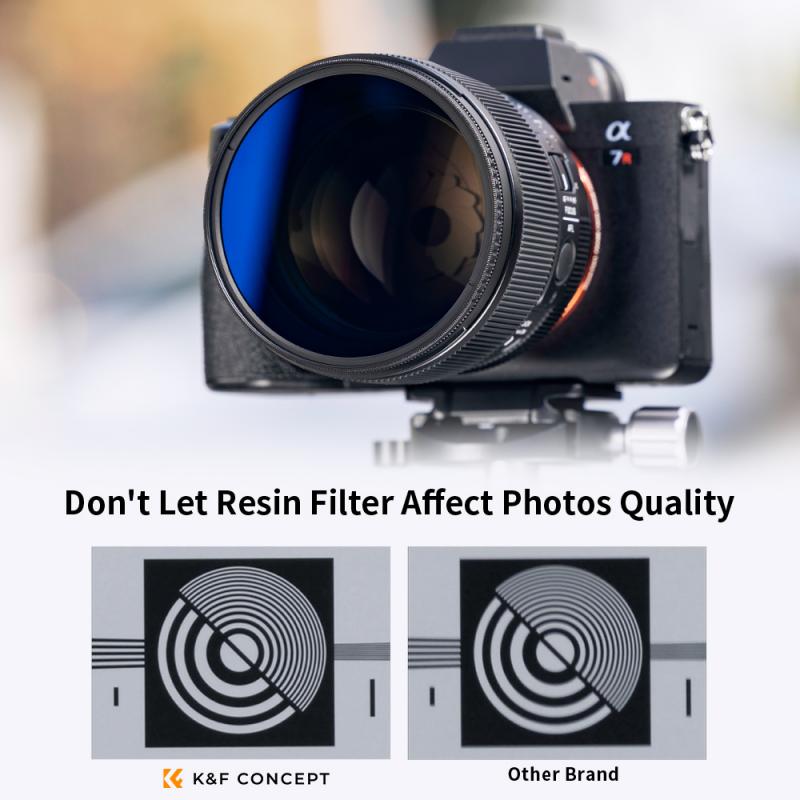
4、 Size and compatibility with lenses
The best ND filter for your camera depends on a few factors, but two of the most important are size and compatibility with lenses. When it comes to size, you want to make sure that the filter you choose fits your lens properly. This means that you need to know the diameter of your lens and choose a filter that matches that size. Some filters come with step-up or step-down rings that allow you to use them with lenses of different sizes, which can be a convenient option.
Compatibility with lenses is also important because not all filters work with all lenses. Some lenses have a front element that rotates when you focus, which can cause problems with certain types of filters. Additionally, some lenses have a very wide angle of view, which can cause vignetting or other issues with certain filters. It's important to do your research and choose a filter that is compatible with your specific lens.
As for the latest point of view, there are many great ND filters on the market today that offer excellent performance and compatibility with a wide range of lenses. Some popular options include the B+W ND filters, the Hoya ND filters, and the Tiffen ND filters. These filters come in a variety of sizes and strengths, so you can choose the one that best suits your needs. Additionally, many of these filters are made with high-quality materials and coatings that help to reduce glare and improve image quality. Ultimately, the best ND filter for you will depend on your specific needs and preferences, but by considering factors like size and compatibility with lenses, you can narrow down your options and find the perfect filter for your camera.
